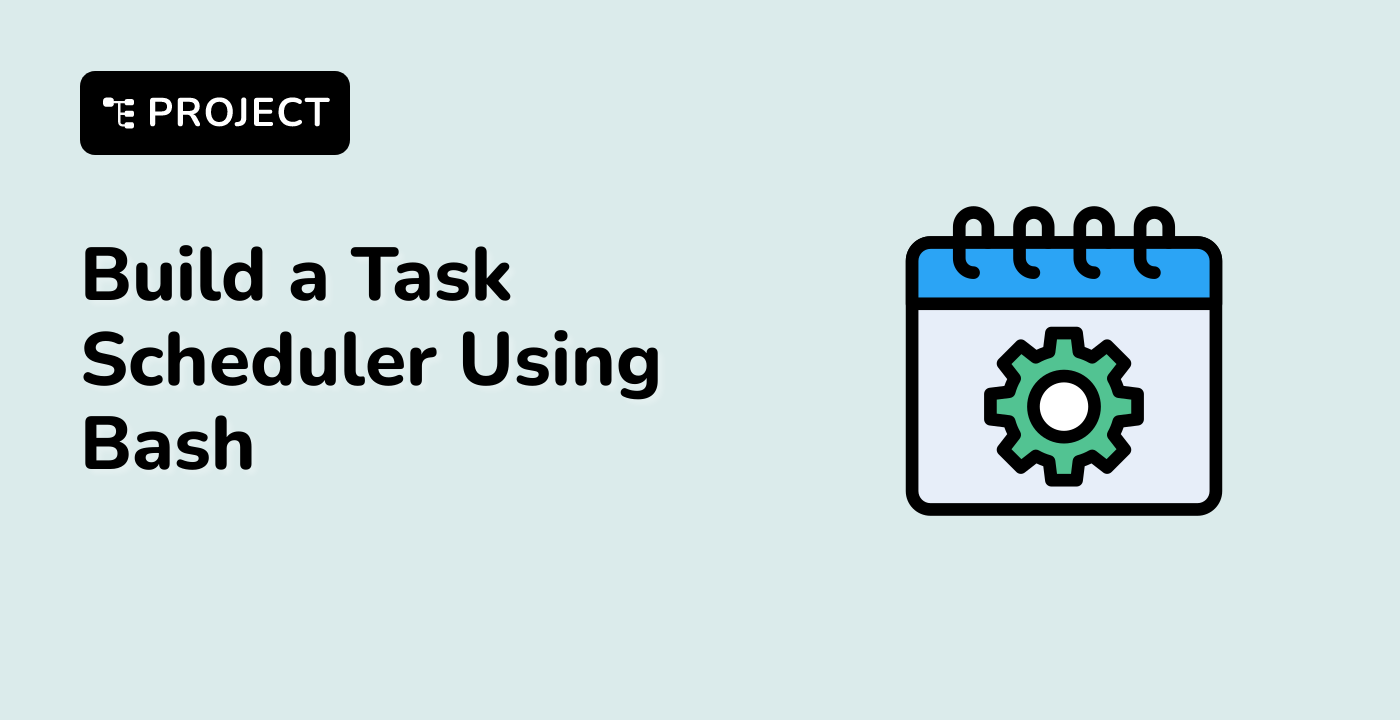Understanding Shell Arrays
In the world of shell programming, arrays are a powerful tool for storing and manipulating collections of data. Shell arrays are versatile and can be used to store a wide range of data types, including numbers, strings, and even other arrays.
What are Shell Arrays?
A shell array is a variable that can hold multiple values, similar to an array in other programming languages. In shell, arrays are denoted by the () syntax, and individual elements are accessed using an index starting from 0.
Here's an example of how to create a simple array in shell:
my_array=(apple banana cherry)
In this example, my_array is a shell array with three elements: apple, banana, and cherry.
Accessing Array Elements
You can access individual elements of a shell array using the array index. For example, to access the first element of my_array, you would use ${my_array[0]}.
echo ${my_array[0]} ## Output: apple
echo ${my_array[1]} ## Output: banana
echo ${my_array[2]} ## Output: cherry
Array Size and Indexing
The size of a shell array is determined by the number of elements it contains. You can get the size of an array using the ${#my_array[@]} syntax.
echo ${#my_array[@]} ## Output: 3
Shell arrays are zero-indexed, meaning the first element is at index 0, the second at index 1, and so on.
Appending and Modifying Array Elements
You can add new elements to a shell array using the += operator, and you can modify existing elements by assigning a new value to the specific index.
my_array+=(orange) ## Append a new element to the array
my_array[1]="pear" ## Modify the second element of the array
Now, my_array contains apple, pear, cherry, and orange.
By understanding the basics of shell arrays, you can start exploring more advanced array manipulation techniques, which we'll cover in the next section.




